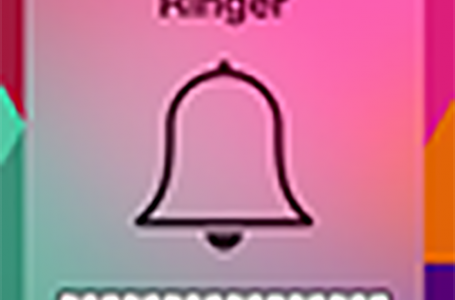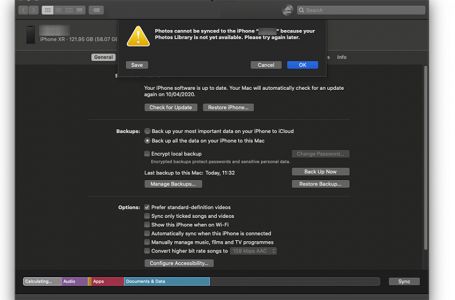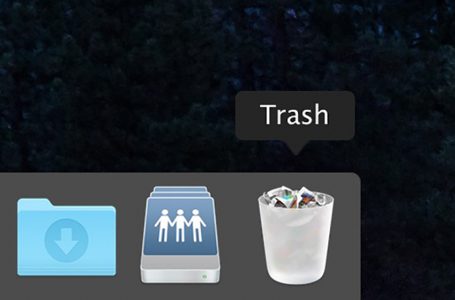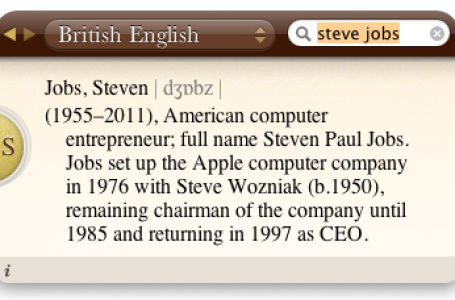iPhone, SMS Face Off: Firmware 1.1.3 Native SMS vs Amrut Joshi’s SMSD v.0.2.2
When Apple Inc launched the latest firmware, version 1.1.3 on the iPhone, they introduced multi-party SMS for the first time to the iPhone’s native SMS application.
The expectant Mac crowd cheered with jubilation at this year’s MacWorld at the sound of this news. But,… and yes, once again there’s always a ‘but’.
With Mr Jobs, its always, “…one more thing” but here at MacRiot; whilst we appreciate what Mr Jobs and the innovative beings at Cupertino are constantly doing to push the frontiers of human-computer interaction, we hope to represent the desires of the users.
In this article, we highlight the subtle difference between what has been introduced in the form of Apple Inc’s multi-party SMS versus what has been practised as the norm over the years since cellphones first appeared in our lives to change the way we communicate forever.
First off, although multi-party SMS sounds like its fulfilling what the iPhone users have been bugging Apple Inc for, the implementation actually calls for some unconventional wisdom.
You would not be faulted if, at first, you thought that ‘multi-party SMS meant that your iPhone can now simply send SMS’ to more than one person at a go. However, the truth is the form of multi-party SMS implemented by Apple Inc in firmware 1.1.3 closer resembles what Instant Messaging (IM) services , e.g. iChat, MSN Messenger and Yahoo Messenger, do over the Internet. That is, allow one user to start adding more users to a single chat window so that more than two people can participate in a single chat thread.
This is exemplified by the fact once an iPhone user creates an SMS thread with more than a single recipient, each response to that thread will be contained within that thread. Subsequent replies by the initiator are then not only sent out to the single respondent but to all the individuals originally included in the multi-party SMS thread.
If all the world carried on this form of communication through iPhones it would probably be the cellphone equivalent of an IM thread where multiple persons indulged in a communal chat but unfortunately for the none iPhone owners out there, they will stand to only receive each SMS as though it emanated from the single initiator without any knowledge that the SMS has actually been sent to more than one party.
To exacerbate the issue, if the initiator isn’t aware and/or careful in how they manage their multi-party SMS thread, they could well end up intending to reply to the single respondent but forgetting that each reply actually ends up on every respondents’ cellphone!
Its precisely because of this in-built feature that we here at MacRiot have downgraded our iPhones again to use Amrut Joshi’s SMSD application. In our humble opinion, despite the innovation that Apple Inc has attempted to achieve with the new multi-party SMS feature, SMSD still trumps the latest SMS innovation from Apple Inc.
With its comprehensive outlay of SMS features and options SMSD is easily the most powerful SMS application that can be installed onto your iPhone. These features include:
- Delete individual Messages
- Different views for incoming and outgoing messages Templates
- Backup all message through mail.
- Compose new messages. (Apple got this right.)
- Reply to messages. (Well, Apple did not miss this one.)
- Forward messages.
- Support for concatenated SMS (long SMS).
- Send/Forward messages to multiple contacts.
- Character counter.
- Send Contact Information through message.
- Search (Contacts and Text)
- Localization (10 languages and counting..)
- Conversation View
Yes. You read right. SMSD actually allows users to send Contact information through SMS! Something the iPhone has not been able to do natively even until now.
Added to that, since its first deployment, SMSD has always come with the ability to forward SMS’.
The multi-party SMS feature has also always retained the conventional multi-party SMS functionality where multiple recipients are only sent the same SMS upon the first SMS send out. Another wonderful aspect of the SMSD implementation of this feature is that when you return to iPhone’s native SMS application, each multiple SMS sent out appears as its own individual thread. Which is probably more pragmatic in a world that has yet to be fully iPhone-ised. Helping you to avoid a potentially embarrassing social incident of accidentally replying to ‘everyone’ when you only meant to reply to that certain ‘someone’.
And there’s some good news too – Amrut Joshi has finally ported SMSD over to 1.1.3 but with some caveats. Owing to 1.1.3’s stricter permissions control SMSD version 0.2.2 has to be launched initially using either ssh or Term-vt100 to get around this issue. Taking a brazen leap, this time Amrut Joshi is even providing a means to allow users to displace iPhone’s native SMS application by making SMSD the default SMS application!
Might be a good time to waste a couple of hours, upgrading our iPhones back up to 1.1.3 again…
“Thanks and good work once again, Amrut Joshi! The hours spent pouring over code does not go unappreciated.”













